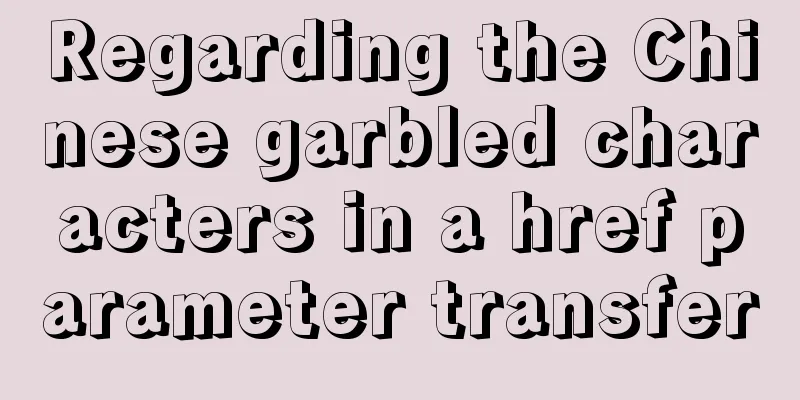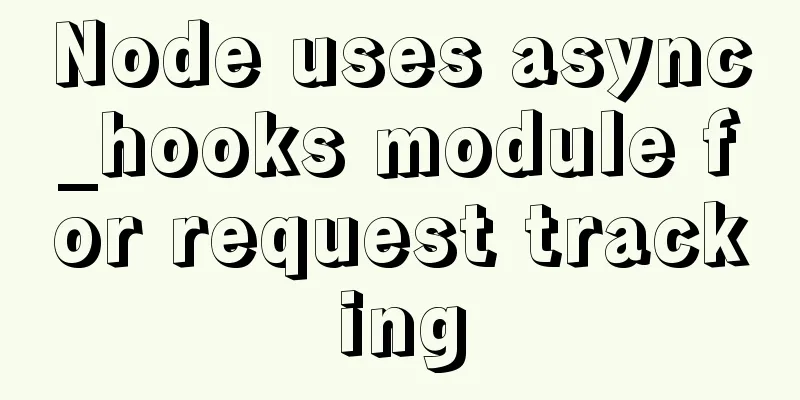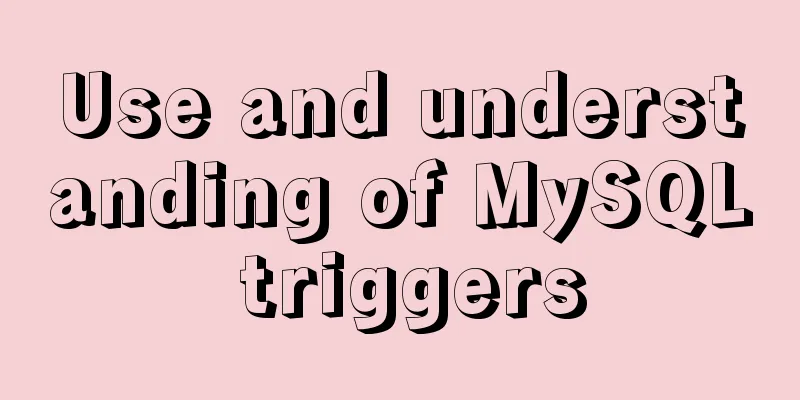Regarding the Chinese garbled characters in a href parameter transfer

|
When href is needed to pass parameters, and the parameters are in Chinese, garbled characters will appear. The simplest method is: The passed value is first encrypted with escape() , and then decrypted with unescape() on the value access page. It has been tested and is effective. I checked online and found that urlencode can be used for encryption and urldecode can be used for decryption. Um... what is the difference between the two? I just checked and sorted it out, source (http://www.cnblogs.com/glory-jzx/archive/2013/06/14/3135580.html): js involves 3 functions to encode text : escape, encodeURI, encodeURIComponent, and 3 corresponding decoding functions: unescape, decodeURI, decodeURIComponent 1. When passing parameters, you need to use encodeURIComponent so that the combined URL will not be truncated by special characters such as #. >2. When redirecting URL, you can use encodeURI as a whole 5. The most commonly used one should be encodeURIComponent , which converts special characters such as Chinese and Korean into utf-8 URL encoding. Therefore, if you need to use encodeURIComponent to pass parameters to the background, the background decoding needs to support utf-8 (the encoding method in the form is the same as the encoding method of the current page) 6. No encoding: There are 69 escape characters: *, +, -, ., /, @, _, 0-9, az, AZ What is the difference between escape() and encodeURI()? escape() method: encodeURI() Method encodeURIComponent() method: [When is it appropriate to use which method?] I have only used escape, so this is for reference only. The above article about the Chinese garbled code problem in a href parameter passing is all the content that the editor shares with you. I hope it can give you a reference. I also hope that you will support 123WORDPRESS.COM. Original URL: http://www.cnblogs.com/zhangym118/archive/2016/07/05/5644915.html |
<<: Vue+Echart bar chart realizes epidemic data statistics
>>: HTML imitates Baidu Encyclopedia navigation drop-down menu function
Recommend
Example of implementing a 16:9 rectangle with adaptive width and height using CSS
Earlier we talked about how to make a square with...
Web design tips on form input boxes
This article lists some tips and codes about form...
Solution to the problem of MySQL deleting and inserting data very slowly
When a company developer executes an insert state...
Example of horizontal arrangement of li tags in HTMl
Most navigation bars are arranged horizontally as...
Responsive Web Design Learning (1) - Determining the screen size and percentage usage
Nowadays, mobile devices are becoming more and mo...
Nodejs module system source code analysis
Table of contents Overview CommonJS Specification...
WeChat applet implements the Record function
This article shares the specific code for the WeC...
How to install a virtual machine with Windows services on Mac
1. Download the virtual machine Official download...
Methods for optimizing Oracle database with large memory pages in Linux
Preface PC Server has developed to this day and h...
Ubuntu20.04 VNC installation and configuration implementation
VNC is a remote desktop protocol. Follow the inst...
JavaScript to implement the aircraft war game
This article shares with you how to use canvas an...
How to Delete Junk Files in Linux Elegantly
I wonder if you are like me, a programmer who arr...
How to install Elasticsearch7.6 cluster in docker and set password
Table of contents Some basic configuration About ...
Cleverly use CSS3's webkit-box-reflect to achieve various dynamic effects
In an article a long time ago, I talked about the...
The latest graphic tutorial of mysql 8.0.16 winx64 installation under win10
In order to download this database, it takes a lo...









